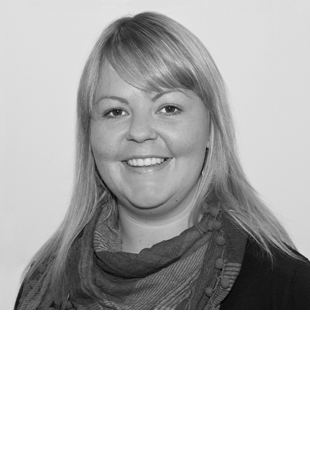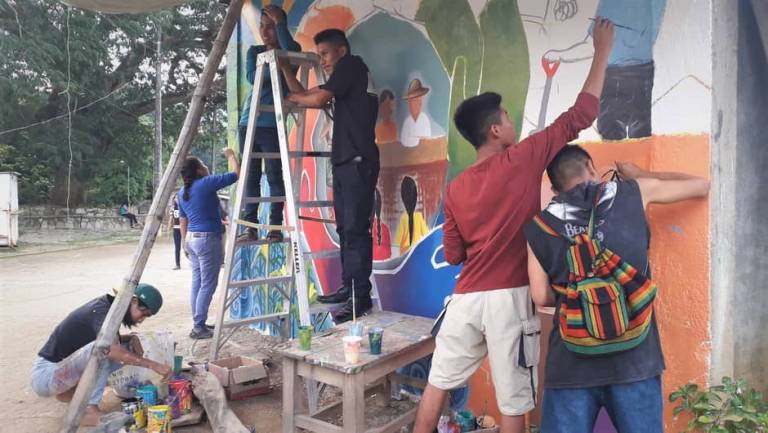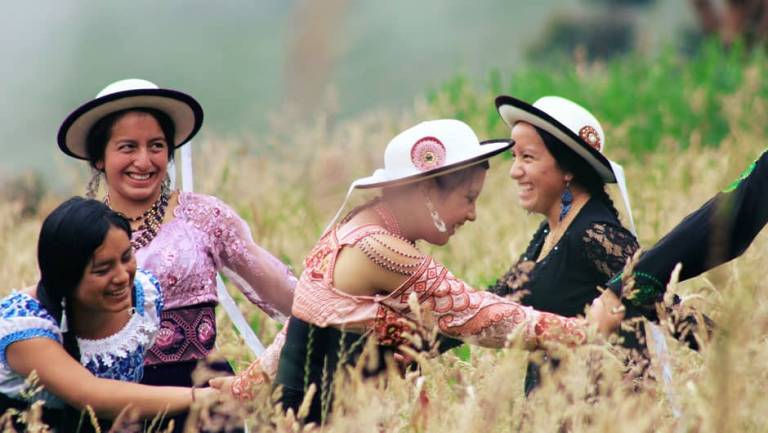Indigenous and Afro-descendent ancestral practices and community philanthropy in the Americas
12 Jan 2022
This blog originally appeared on the website of the Inter-American Foundation.
For centuries, communities in Latin America and the Caribbean have been practicing reciprocal assistance. Strengthening mutual trust, pooling assets, and building capacity helps people adapt to changing conditions and opportunities, and forms the basis for a growing global practice called community philanthropy that seeks to achieve lasting results that matter to communities, local civil society organizations, and donors.
Indigenous and Afro-descendant communities have evolving, vibrant practices of mutual community support passed down through generations, from tequio or faena in Mexico to minga/minka in Ecuador, Peru, and parts of Colombia. Inter-American Foundation (IAF) grantees often tap into those traditions to make lives better for community members, as the following examples illustrate.
Honoring the dead by expressing solidarity
Kombit refers in Haitian Creole to communal labor. The Haitian tradition contributes to a spirit of community and unity through shared achievement. In an IAF staff visit, we saw this in action. The leaders of Association des Femmes pour l’Avancement de Deschamps (OSAFAD), an applicant organization, explained that they had to leave the meeting early because they were organizing a Kombit Lesiv Lanmò to wash laundry together by the river for a member of the association who had recently lost a relative. As Dieusibon Pierre-Merite, IAF’s Haiti liaison, observed, “This activity strengthens cohesion between group members and also the pride of being a member of this association and community, and can often help another person in adversity.” OSAFAD also pooled community funds to purchase ingredients so another group could prepare food for the family. Kombit highlights the importance of solidarity in pulling communities together during emergencies or tragic times.
Oaxaca: A web of reciprocity and mutual support
Tequio brings Indigenous Mexican communities together to carry out a job, like the tradition of barn-raising in rural America. Everyone is expected to participate in maintaining their roads and highways, building infrastructure projects like small dams, or picking up garbage in the park after a town celebration. Teresa Morales, an anthropologist for IAF grantee Unión de Museos Comunitarios de Oaxaca, explains, “It’s the principle of reciprocity, of sharing your own efforts in exchange for a neighbor’s.” When earthquakes made roads around Oaxaca impassable in 2017, communities looked out not only for themselves but for other communities nearby. As Luis Ruiz, director of IAF grantee Fundación Comunitaria Oaxaca, recalls, communities without machinery used tequio to clear impacted roads: “You’d find residents from communities further north cleaning up the [blocked] roads in the south.”
In the self-governing municipalities of southern Mexico, women are increasingly leading the practice of tequio. In Oaxacan communities like Teotitlan del Valle, famous for its weavings, women have started to assume new leadership roles. Sofia Gutiérrez, 72, was the first woman to oversee all common land, including forests and waterways, holding people accountable to their duties to participate in tequio. Her daughter, Pastora Gutierrez Reyes, is the head of Vida Nueva, a cooperative of women weavers with more than 25 years of business experience funded partly by the IAF. Pastora draws inspiration from her mother’s leadership, which demonstrates that “in addition to tremendous commitment, [women] have the capacity and increasingly the formal training needed to assume volunteer leadership positions.”
Minga/Minka in the Andes: Asking for help by promising something
The word minga or minka means “asking for help by promising something” in the Quechua language. People have been using minga to bring together community members to harvest crops or build roads and buildings since before the Incan empire ruled the Andes Mountains (modern-day Peru, Ecuador, and Colombia). For Elizabeth Carrión of IAF grantee Red de Turismo Comunitario del Austro Pakariñan (Pakariñan) in Ecuador, minga is more than just an activity. Minga is an institution that solidifies a community’s governance and cultural norms. Carrión shares, “It’s not just work. People enjoy sharing with each other and having fun.” In Ecuador, young people participate in minga from an early age among Indigenous communities, joining monthly committees assigned to agriculture, animal care, tourism, or water management.
Pakariñan works with local community organizations and schools to expand social and leadership opportunities for women and girls. Carrión explains that they connect training with minga: “We introduced ‘reciprocal training,’ which means that after a cohort of trainees attend a workshop, they then replicate the concepts of the workshop with other women in their own communities.”
Mutual community support provides resilience
These age-old traditions make it clear that people are giving at the local level and supporting community development in Latin America and the Caribbean. This mutual support makes communities resilient in times of crisis. As Morales summarizes, “The only way to have health, prosperity, and even spiritual well-being is to participate and to reaffirm one’s willingness to be part of a collective fabric that acts in unity.” Grassroots organizations throughout the region have tapped into these community philanthropic traditions for decades and value these various expressions as development tools. Many international donors, including the IAF, are following the lead from grassroots organizations where people are giving, sharing, and helping every day.
By: Gabriela Boyer, IAF Foundation Representative and Circe Peralta




